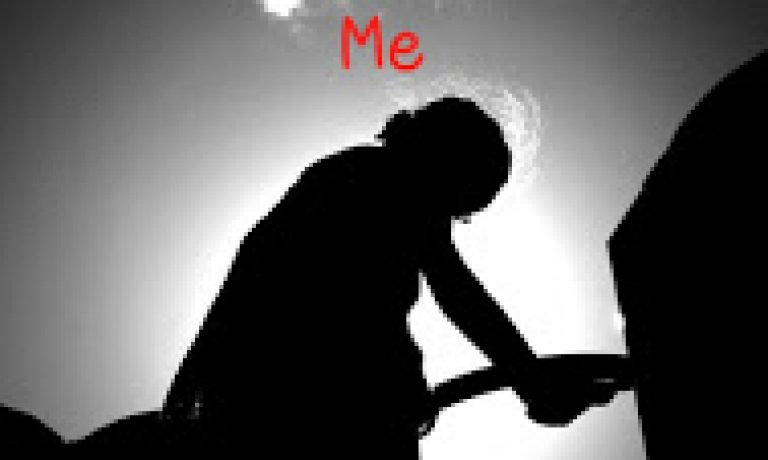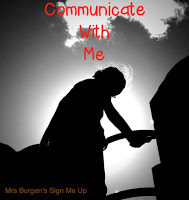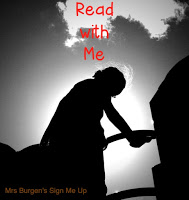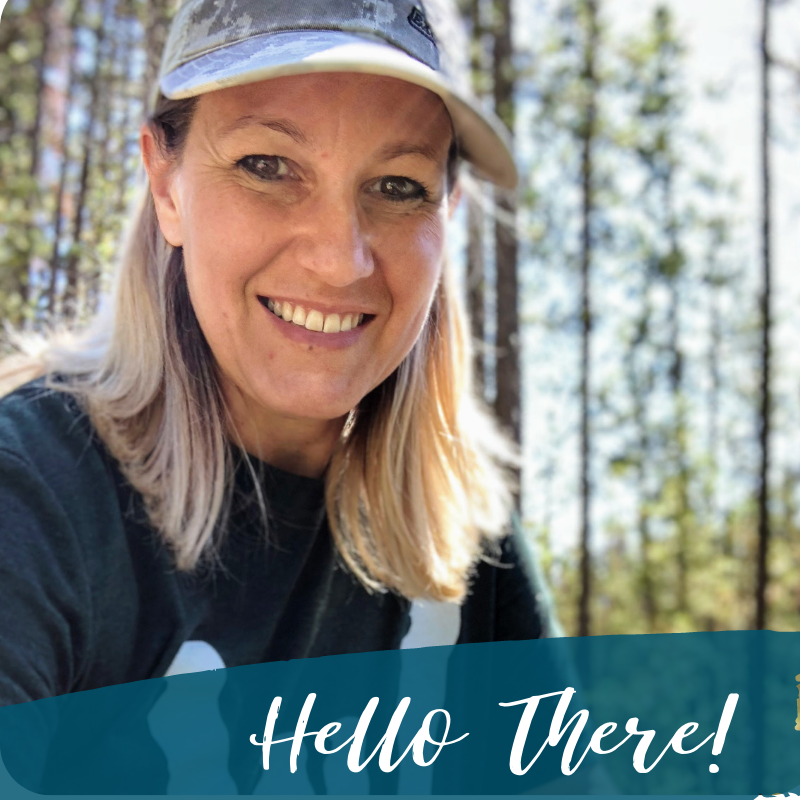Where to start?
I teach deaf and hard of hearing students at a school for the deaf. I teach in the elementary department. We are small school have just 4 teachers for Kindergarten through 5th grade. I typically teach the youngest group and have students in my class working at the kindergarten through 2nd grade level.
Unfortunately, many of our students arrive at our school with minimal exposure to language. Not just English, but language. Many don’t even know their own names or the names of their family members. They are unable to label common things in their environment, like chairs, doors, cars, toys etc. I have met 6 year old students with as few as 5 signs. I know, it seems impossible, but when a child has little or no access to sound and his/her family members have not yet learned signed language, the ability to access the world is extremely limited.
A typical student entering kindergarten has a spoken vocabulary of approximately 13,000-22,000 words. When students enter school, teachers begin to help them organize that vocabulary into a spoken and written language.
Deaf students are also expected to begin learning grade level content. They are expected to read, and write, count and do science experiments. They are expected to follow directions in a language they have never even been exposed to before. Some of the first words taught in a typical kindergarten classroom are from the pre-primer dolch list ( in, is, it, the, to, and). The rest of the 40 words are comprised of mostly verbs and adjectives. What do these words mean to someone with little to no language? Not a whole lot.
Now, it would be AMAZING if we could get a few academic free years to work on language development only, but that is not the reality. So, the game of catch up begins. Is it possible for students who are 4-6 years behind in language development to “catch up” to their hearing peers. Yes it is.. sometimes….and no it’s not….sometimes. Every student is an individual and some kids absorb every bit of language and academia that you present, while others struggle with learning so much new information after missing critical years Regardless, it is my job and the job of many other deaf educators to teach language and academic concepts at the same time, to bridge the gaps and make learning MEANINGFUL.
Make learning Meaningful
How to teach communication and academics at the same time? First, we need labels. Think of every three year old you have ever known.. Dat? Dat? Dat? Dat? Dat? they say as they point to EVERYTHING in their environment. Of course you give them a label for each thing, that’s the sky, that’s a table, She is your aunt – mommy’s sister. They will then move on to the question Doing? Doing? Doing? or the ever popular why? why? why? Again, we explain our actions and our reason by giving those actions a label. I’m swimming. I’m eating. I like swimming when it’s hot. I eat potatoes because they are my favorite food. etc etc.
While I would enjoy taking my deaf students on journeys every day to let them discover language naturally, that is just not possible. So now we have the task of combining natural acquisition with curriculum. Here in lies the problem of teaching limited language students to read and write. We begin to read and write words that are familiar to us. So using the pre-primer dolch list of pronouns and adjectives really doesn’t make much sense.
In search of ASL resources
In the search for a mainstream curriculum that met the needs of these students, I came up empty. Nearly every curriculum can be adapted and I searched and searched for one that needed the least amount of adaptations. I finally landed with the Reading Milestones program. It is not a complete system and I use it strictly for reading and writing instruction. However it has key elements that are designed for Deaf /English Language Learning students. It is nice introduction to bridge the gap between language and learning to read.
Unfortunately, it is a bit boring for little learners. The simplicity is good and structure is good, but , it definitely lacked in fun resources. I searched for things that included similar words and simplified language structure and I found…….that’s right….. NOTHING. So, I decided to start supplementing on my own. I bought clip art to provide pictures for each word, and started using those in my classroom. They worked well with my students but again I ran into a few problems. I wanted to be able to send homework for my students, but I found their families to be struggling with keeping up in the signing abilities and thus were not able to help their students. I contacted several companies who make sign language clip art and asked them if I could use their clip art to create products. They ALL said no. BIG GIANT SAD FACE!
I had to seek out my own resources. I put in a request on TPT for an artist willing to make ASL graphics and I found Kate Pullen of Away With the Pixels . Kate began creating signs for me to coordinate with the pictures of each sign. Her graphics are AMAZING!!!! I started creating right away! I couldn’t wait to share these resources with my students! I continued to creating and recently found another ASL artist on TPT creating more amazing clipart, 35 Corks Art Studio.
Now that I have what I need, I do what I love… I teach, I create, and make my resources available to other teachers who are in need of products specifically designed for deaf students.
If you’d like to see what I have been busy creating, please use this link to my store.
Thank you for listening and I would LOVE to hear about you.
Do you teach deaf/hard of hearing students? Have you faced similar challenges?
Where do you go for resources?







One Response
Yeah! Yeah! Yeah! First, I LOVE your new blog design. Very nice!
Second, keep going! Keep creating! We need so many more resources to use with our deaf/hard of hearing students! I love them all!
I was going to ask you where you got your ASL graphics. But you answered my question. I need to look into those artist…. they do great work!
Thank you for sharing! We need more #deafed teachers out there sharing like you!
Have a good weekend!
Kelly